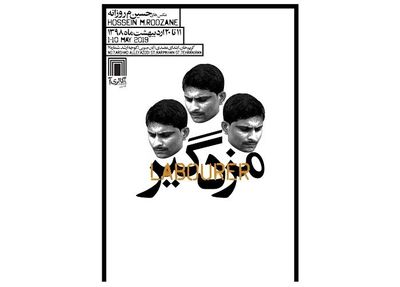Some 31 black and white photographs are in view. They were all taken in India, portraying faces of Indian laborers while doing different works. The collection is part of the Silk Road project that includes photographs taken from other countries along this ancient route. They photographs will be publish in a new book by Roozane, who is also a cinematographer.
Earlier, Roozane had organized a similar photography exhibition in Buenos Aires, Argentina. His new exhibition will run until May 10 at the A Gallery on No 7, Arshad Alley, Azodi St. Karimkhan St, Tehran.
A statement by A Gallery reads: In the Labourers’ Portraits collection, the photographer visits those who would generally not have a chance to be presented as individuals. These people are mostly viewed in painting and photography in group portraits. A worker’s life is not often treated as private. Even the sympathetic observer dismisses his individual social existence as something lost in the struggle for subsistence. These workers are often a collective subject seen as cogs in the industrial clockwork or masses of social protest.
The present collection aspires to record, through the photographer’s lens, the works and moments of these workers. They have been denied even the modern industrial setting in the post-industrial realm. These are the profiles of workers of small shops, dated modes of production and suchlike, whose fate and works are quite peculiarly entangled. The photographer narrates the story of bodies over which images of laborers have been engraved: a space where the subject’s physique is exposed not as the familiar portrait of ancient mythical characters nor the aesthetic form of the modern model parading the pride and supremacy of the human creature, rather as a narrative so overly familiar, it has become invisible: that of the worker.

